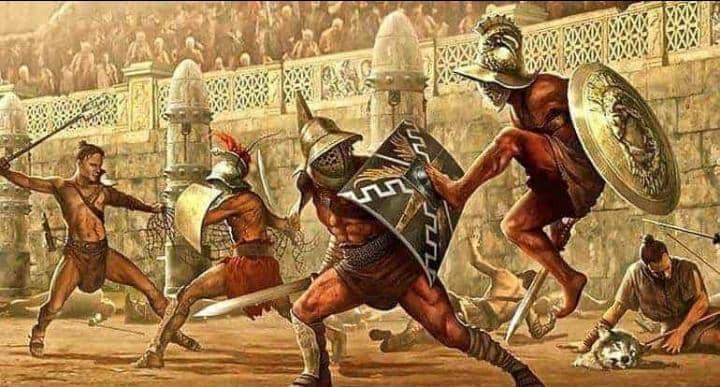Roman gladiators were a unique class of professional fighters who entertained the masses in violent confrontations throughout the Roman Empire from the 3rd century BC to the 5th century AD.
These skilled warriors, often slaves or former criminals, were trained in specialized schools and equipped with a variety of weapons and armor. They fought not only each other, but also wild animals and condemned prisoners, in massive public spectacles held in grand arenas like the Colosseum.
The origins of gladiatorial combat can be traced back to Etruscan funeral rites, where slaves were forced to fight to the death to honor the dead.
The Romans later adopted and expanded upon this practice, using the gladiator games as a means of political propaganda, military celebration, and public entertainment.
One of the most famous gladiators was Spartacus, a Thracian slave who led a major uprising against the Roman Republic in 73 BC. Spartacus had been captured and forced to become a gladiator, but he and his fellow slaves eventually escaped and amassed an army of over 70,000 people.
Though the rebellion was ultimately crushed, Spartacus’ story has become legendary, immortalized in films, books, and art.
Despite their brutal profession, gladiators were often celebrated as heroes, with successful fighters gaining fame, wealth, and even freedom. They were immortalized in high and low art throughout the Roman world, and their valor and skill in the arena inspired admiration from the public.
The gladiator games continued for nearly a thousand years, reaching their peak between the 1st century BC and the 2nd century AD.
However, the rise of Christianity and changing social attitudes eventually led to their decline, with the games being formally prohibited in 404 AD.
Though the gladiators’ violent end may have been tragic, their legacy as iconic symbols of ancient Rome’s martial culture and love of spectacle endures to this day.

